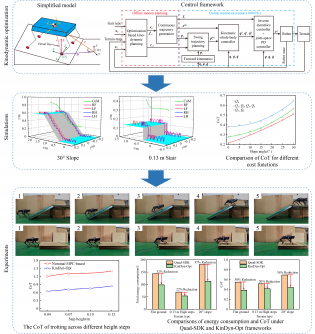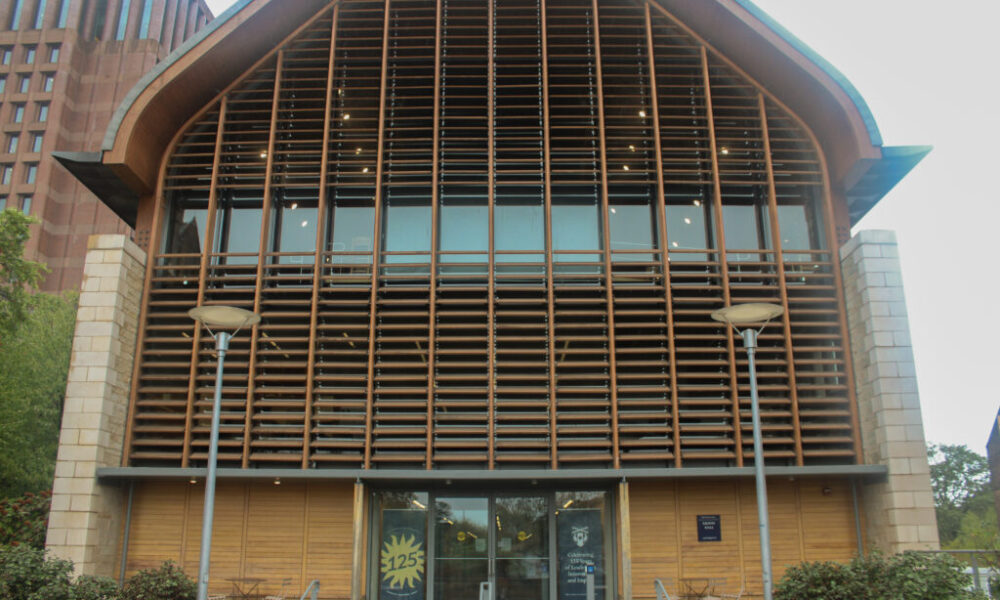Motor neuron diseases, including amyotrophic lateral sclerosis (ALS) and hereditary spastic paraplegia (HSP), have long been considered genetically distinct despite their physical similarities. A groundbreaking study conducted by researchers at St. Jude Children’s Research Hospital and the University of Miami Miller School of Medicine has unveiled previously unidentified ultrarare gene variants linked to both disorders, revealing significant genetic overlap among patients without familial histories of motor neuron diseases. Published on October 29, 2025, in the journal Translational Neurodegeneration, this research is poised to enhance understanding of these conditions and pave the way for future therapeutic developments.
Both ALS and HSP lead to progressive motor dysfunction but exhibit distinct characteristics. ALS may first manifest as weakness in the arms, legs, head, or neck, while HSP typically begins in the legs. The canonical genes associated with these diseases are largely different. Nevertheless, the researchers posited that there might be more genetic commonality than previously recognized. Utilizing advanced genetic tracking tools, the team identified 423 unique disease-causing variants across 222 ALS and 134 HSP patients. Notably, many HSP-related genetic modifications were discovered in non-familial ALS patients and vice versa.
First and co-corresponding author Gang Wu, PhD, an associate member of the St. Jude Department of Pathology and director of the Center for Applied Bioinformatics, emphasized that variants are often overlooked if deemed irrelevant. “By analyzing a large dataset with multiple related motor neuron disorders, we found that genes associated with HSP could also increase risk for sporadic ALS,” Wu stated.
The research team employed a specialized analysis tool called CoCoRV to compare the burden of ultrarare variants in ALS and HSP patients against healthy controls. The study included participants from various centers across the United States, Europe, and South Africa as part of the CReATe Consortium’s Phenotype-Genotype-Biomarker study. This comprehensive approach yielded significant findings regarding the overlap of ultrarare variants between ALS and HSP, including the identification of the canonical HSP gene AP4S1, which was notably enriched among ultrarare variants in ALS patients of European ancestry.
Co-corresponding author Michael Benatar, MD, PhD, from the Department of Neurology at the University of Miami, pointed out the foundational principle behind the CReATe Consortium’s establishment. “We aimed to study multiple related disorders, with the expectation that insights from one would enhance understanding of another,” he explained. The findings underscore the value of this collaborative approach.
The study advocates for further exploration of motor neuron disease-associated genes in an impartial manner and encourages an open-minded interpretation of genetic mutations linked to specific diseases. This approach promises to aid clinicians in delivering more personalized care for affected patients. Co-author J. Paul Taylor, MD, PhD, Executive Vice President and Scientific Director at St. Jude, remarked, “Extensive progress has been made over the past decade to decode the genetic landscape of motor neuron diseases such as ALS and HSP. This study furthers that cause by showing the overlapping contributions of canonically distinct genes, offering a clear path forward to more accurate diagnosis and care.”
The research team included several notable contributors from various institutions, such as Wenan Chen from St. Jude and Mayo Clinic, and experts from universities across North America and Europe. The study received funding from prestigious organizations, including the National Institutes of Health, the National Cancer Institute, and the ALS Association.
In summary, this research marks a significant advancement in understanding the genetic underpinnings of motor neuron diseases, highlighting the importance of collaborative efforts in scientific exploration. As the field progresses, the potential for improved diagnosis and treatment options for patients suffering from these debilitating conditions becomes increasingly promising.







